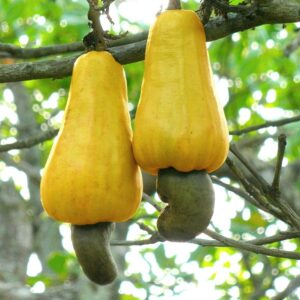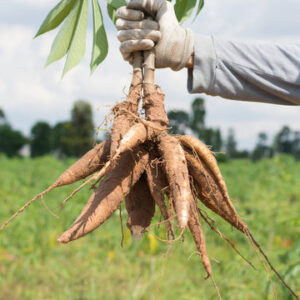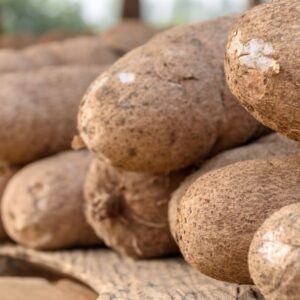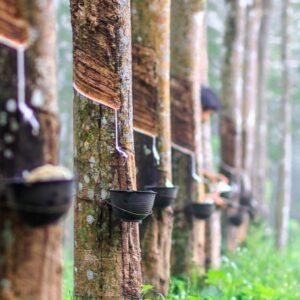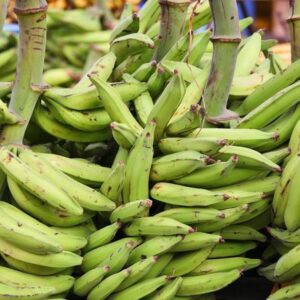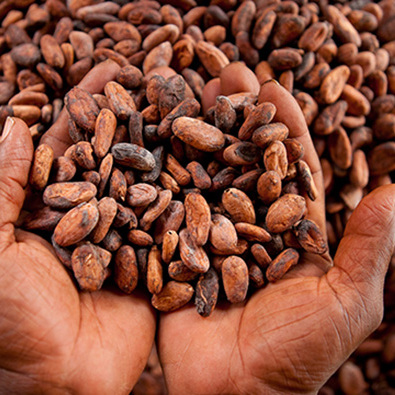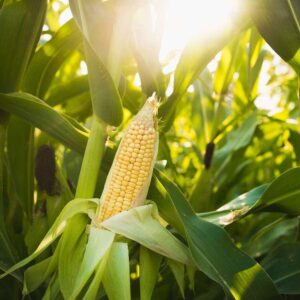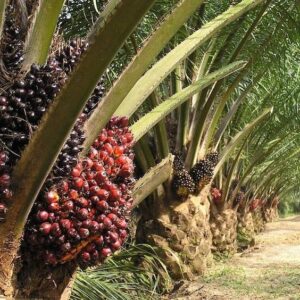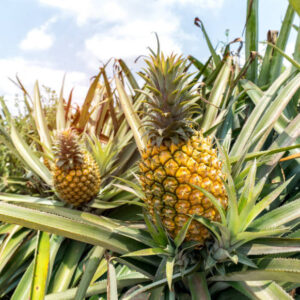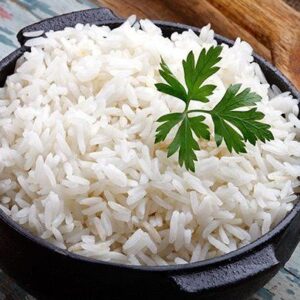Edo North is a contemporary designation for the area generally coterminous with regions inhabited by Edo-speaking peoples north of Benin City that in the past were designated as Kukuruku or Afenmai. More recently this has included Etsako, Owan (Ivbiosakon), and Akoko-Edo local government areas which have been subdivided even further in recent years. Most of the people of Edo North speak an Edo-language and trace origins to Benin in their orthodox histories. Declared Benin origins with the most reasonable dates for migration ranging between the 15th century and the early 18th century tend to mask the ethnic complexity of the populations living in the area that includes not only people who migrated at different times from Benin, autochthonous populations whose origins are unclear, but also Igala and Igbo-speaking peoples who settled on both banks of the Niger River in a kind of ethnic fallout in the aftermath of fishing, trading, and war expeditions.
Okpella and other northern Edo ethnicities dot the belt of rolling hills which cuts through northern Edo State. These hills extend west to Ekiti and east to Kabba, forming a main watershed between north and the south in Nigeria. It is also the area that marks the southernmost extension of the Islamized Nupe in the late 19th century—a threat that was neutralized by the British in 1897 when Niger Company troops finally took Bida. With the relative peace established by the Pax Britannica in this area after 1897 after the fall of not only Bida but the Benin Kingdom, many Edo North villages moved down from the hills where they had sought refuge from slave raiding and persecution from the Palace at Benin, and took advantage of their newfound freedom (or safety) to engage in trade with neighboring ethnic groups. Interactions built upon those established by refugees in the 19th century. These interactions are chronicled in the area’s expressive culture—as evidenced in the masqueraders’ songs sung in languages other than Okpella.
Within this region, the climate and vegetation are semi-savannah. The area is rich in minerals, especially kaolin, marble, granite and limestone—and the exploitation of these provides people with some livelihood. The population continues to concern itself with subsistence agriculture, with the sale of surplus foodstuffs providing individuals with cash income—as urban centers in Nigeria demand increasingly more food from the rural sector. Since the 1950s, Okpella's economy received periodic boosts through the influx of transients associated with military installations, road-building activities, and a government sponsored cement factory. (It remains the site of a new privately-owned cement factory, and today, women find it more lucrative to hand break granite rocks into gravel in their compounds than to weave.)
Since the creation of Edo state in 1991, agriculture has been a mainstay of the internal economy of the state, providing food and employment for a majority of the people of the state.
The wet climate of the southern and central regions, dry climate of the northern region of Edo state and the over 1.6 million hectares of arable land makes it suitable for a wide range of crops to be grown successfully on a commercial scale.
The Okpella People celebrate Olimi festival at the end of the dry season to honor their ancestors and purify the community for the coming year. Partway through the dry season (November-December), the senior masked messenger or Anogiri in a festival congregation makes his first public appearance. He calls on the village chief, senior titled men (Itsogwa), elders, and other important or wealthy men in the community as well as on the Mothers, (Inyilimi--mothers of spirits), women who hold the festival title. As servant and messenger of the Dead Fathers, that is, the commemorative masquerades, this masked character collects gifts of drink and money from the individuals he visits, exhorting them to prepare for the coming festival. His appearance ushers in a three-month period known as Ukpeogbe--the end of the old year and the beginning of the new.
During Ukpeogbe, members of the community with personal problems (health, barrenness, or crop failure) consult the masked heralds Inogiri (pl.), who appear at intervals in the village and pledge offerings for the remedy of those evils. Preparations are made for the bringing out of new masquerades, and old costumes are refurbished and embellished. Food, money, and drink are put by for the upcoming days of entertainment and feasting.

